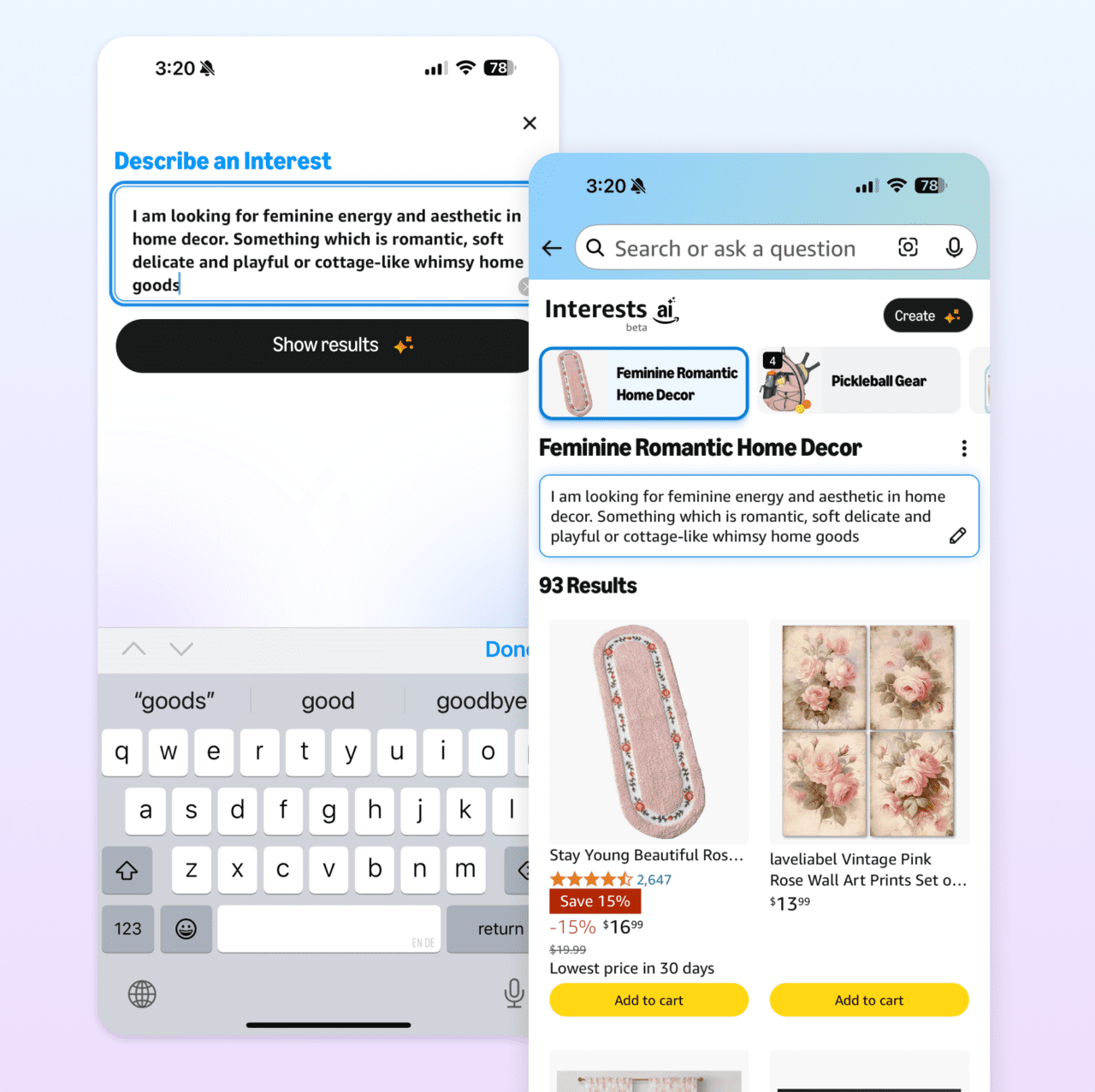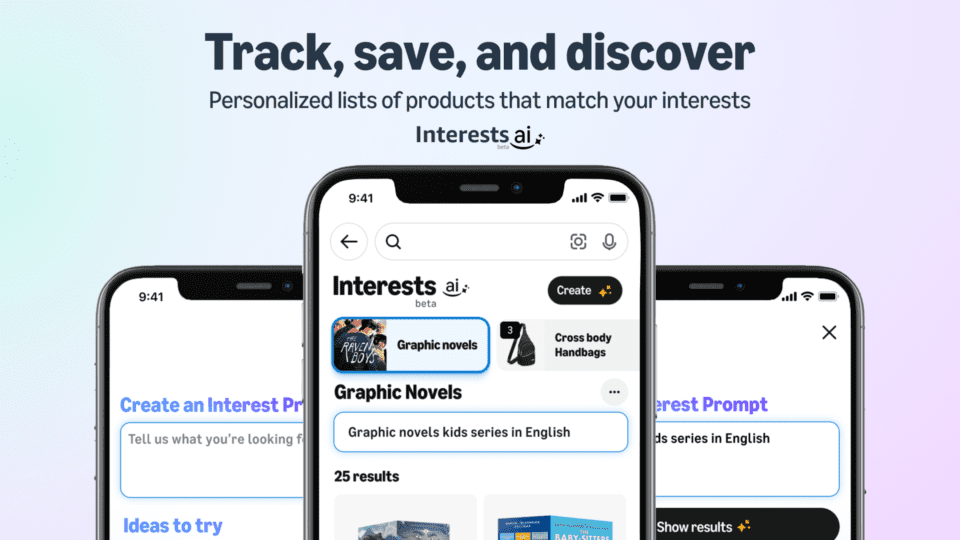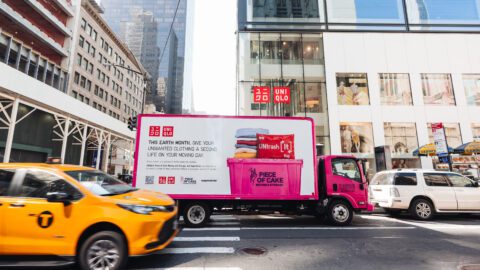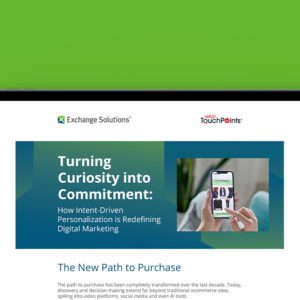Amazon has successfully established itself as the starting point for many shoppers’ online searches, edging in on turf previously dominated by platforms such as Google. The first big move that Amazon made to gain this ground was vastly expanding its product assortment — which now encompasses hundreds of millions of products — primarily through the addition of third-party sellers. That selection, combined with the speed and convenience of its vanguard Prime membership program, has produced a gravitational pull that consumers and brands have found hard to resist.
Despite that, there are still many brands that opt not to sell directly through the Amazon marketplace. So even as more and more brands continue to help Amazon live up to its title as “The Everything Store,” the company is finding new ways to bring these holdouts into its fold — while also increasing its utility to both consumers and the brands that sell through its platform.
The latest evidence of this is two new agentic shopping features rolled out in the last few weeks: Buy for Me, which allows customers to purchase products from other brands’ websites via the Amazon app; and the new Interests tool, which will constantly check the platform’s vast product assortment for new products that align with shoppers’ needs and favored categories.
These follow a host of previous rollouts — including Buy with Prime, expansions in the capabilities of the Alexa voice assistant and the rollout of the in-app shopping assistant Rufus — all of which aim to make Amazon an easy-to-access, easy-to-use resource for any shopping need. It’s all part of Amazon’s years-long evolution away from being just another online retailer (albeit a big one) and toward the larger title of being an enabler of ecommerce everywhere it happens.
Advertisement
Let Amazon Buy Products for You from Other Websites
In February, Amazon began to showcase products that were not sold on its platform in search results in its app. Now, Amazon is upping the ante even further, with a new tool that will allow customers to buy some of those products from third-party sites directly within the Amazon app.
The Buy for Me feature is currently being beta tested with a subset of U.S. customers and a limited number of brands, and the company said it plans to roll out the feature to more customers and more brands based on the feedback it receives.

When customers search for branded items in the Amazon search bar, they’ll now see relevant results from Amazon, its third-party sellers and additional relevant products from other external stores. The results from third-party brands appear in a separate section of the search results, labeled “Shop brand sites directly.” This was all part of the feature update from February, which allows customers to link out to third-party sites to make their purchases with these brands.
Now, shoppers also will have the option to click on the “Buy for Me” link (when it’s available) to request that Amazon make the purchase on their behalf. Customers check out in Amazon, and the Amazon app’s agentic capabilities will then complete the purchase process for them on the brand’s website.
Once the purchase is made, customers will receive an order confirmation email from the brand store and be able to track their order in the Amazon app. However, delivery, returns, exchanges and customer service will all still be managed by the brand itself.
Amazon made it clear that while it will have the details of orders initiated through its app, it will not have access to a customer’s previous shopping history with a brand, nor any details of future orders customers make with that brand directly.
“We’re always working to invent new ways to make shopping even more convenient, and we’ve created ‘Buy for Me’ to help customers quickly and easily find and buy products from other brand stores if we don’t currently sell those items in our store,” said Oliver Messenger, Shopping Director at Amazon in a statement. “This new feature uses agentic AI to help customers seamlessly purchase from other brands within the familiar Amazon Shopping app, while also giving brands increased exposure and seamless conversion.”
While consumers may be eager to shop on across the web on Amazon, it will likely be a harder sell for brands, which, by enabling this reduced friction for their customers will have to cede some control, and data, to Amazon in exchange. Not all brands are willing to make such a deal, particularly in a world where first-party data is becoming an increasingly precious resource. However, if the evolution of Amazon’s branded storefronts and the Buy with Prime offering are any indication, many brands, even those that initially resist, will eventually come around.
What does Amazon get out of this equation? In response to a query from Retail TouchPoints, Amazon said it will not make a commission on third-party sales while the company is experimenting with this new modality. Even so, traffic and data are likely the most valuable assets Amazon will gain from these sales, not only because advertising is now one of the biggest pieces of Amazon’s business, but also in light of the company’s other ambition to become a conduit for advertising not just on its own site but across the web, via the Amazon DSP and its new Retail Ad Service.
Let Amazon Hunt for the Products you Want
Amazon’s second new AI-powered feature is Interests, which allows users to create personalized shopping prompts tailored to their interests, price limits and preferences, and then hand off the task of finding relevant products as they become available to Amazon.

Amazon touted the offering as a tool that “transforms how you discover and shop for products related to your passions.” Once a user sets up an Interest, Amazon will continuously scan new inventory added to its vast online store and proactively notify shoppers about newly available relevant products, restocks and deals that align with those interests.
Interest “prompts” can be as simple as “brewing tools and gadgets for coffee lovers” and “the latest pickleball gear and accessories,” or as complex and detailed as, “I’m looking for wall art to decorate my home. I want something abstract or modern made of black metal, not canvas. Maybe a geometric design, minimalist piece. I’m into industrial-style decor that makes a statement, nothing too traditional or painted.”
Interests is currently available to a small subset of U.S. customers and will be rolled out to the rest of U.S. customers in the coming months.
Consumers have increasingly expressed feeling overwhelmed by the amount and diversity of products available online, not to mention the difficulty of culling through those options to find what they want. With Interests, Amazon is tackling this pain point head on, offering to take that laborious search process off consumers’ hands — and continually give them reasons to come back to the Amazon app in the process.
These new tools also act as a hedge for Amazon against the growing roster of agentic tools from companies like OpenAI, Perplexity and Google that also promise to take the pain and exertion out of online shopping.















